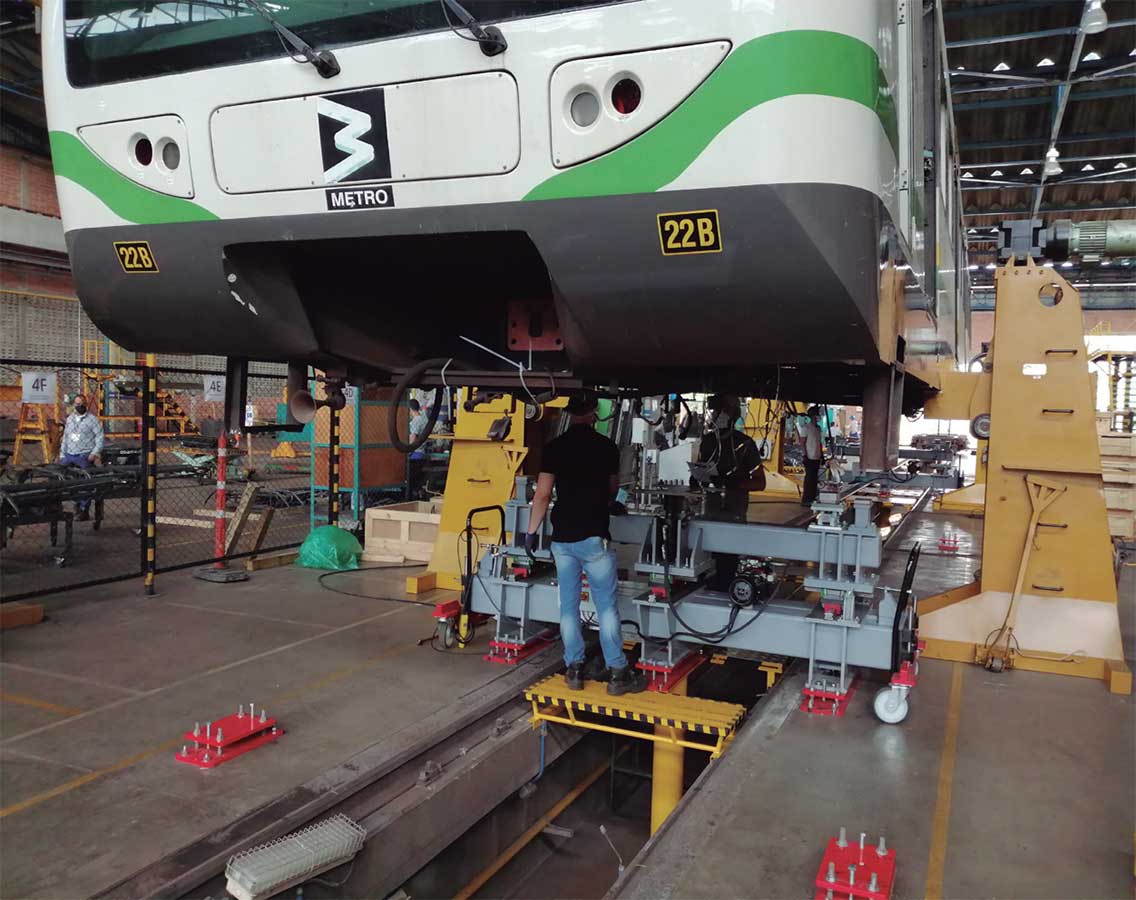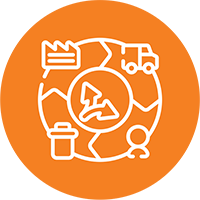OVERGY
MINIMISING RISK IN RAILWAY REHABILITATION
ADVANCED RAILWAY REFURBISHMENT SERVICES IMPROVE SUSTAINABILITY IN MOBILITY by modernising fleets: offering more efficient, more environmentally-friendly trains, while consuming less raw materials (steel and aluminium), and increasing service life by 100%. This results in less waste generated and a lower energy requirement. However, the risk of a train rehabilitation business requiring structural modifications of body and bogies on a vehicle whose design, maintenance or operation throughout its service life may be unknown, and assuming its durability for another 15 to 20 years, is huge.
The OVERGY project is led by CAF Engineered Modernizations, supported by mechanical and structural engineering experts from ALTRAN.

DRIVING FACTOR


 OBJECTIVES
OBJECTIVES
- Develop a proprietary methodology that predicts the real condition of structures and the necessary solutions required to extend their useful life, minimising risk in comprehensive railway rehabilitation.
- Develop a proprietary methodology that predicts the real condition of structures and the necessary solutions required to extend their useful life, minimising risk in comprehensive railway rehabilitation.
- Extend the useful life of these assets by 90% (adding 15-20 years of life).
- Increase the train efficiency by replacing obsolete technologies with more modern, efficient, intelligent (IoT), less maintenance-intensive, predictable (easier and predictive maintenance) technologies.
- Capture and maintain as much value as possible in existing trains and on-board systems that will not be replaced, reducing waste generation and avoiding consumption of new raw materials.
- Adapt rolling stock to new environmental regulations.
- Engage operators, maintenance companies and suppliers in the value chain in the fi eld of eco-innovation.
 RESULTS
RESULTS
- Knowledge Data Base
- Predictive modelling for optimisation of rehabilitation engineering solutions.
- Methodology for bidding phases based on advanced repair techniques that minimise risk in the railway refurbishment business, engaging operators, maintenance companies and suppliers in the value chain in the field of eco-innovation.
- Test protocol and results of experimental measurements.
- Estimated cumulative damage calculation at each measurement point.
- Reinforcement solutions as structure repair methods.
- Contrasted results between theoretical models and experimental results.
 CONCLUSIONS
CONCLUSIONS
- There are risks in the development of predictive models. A critical issue is the availability of quality data for accurate prediction models. In many cases, the information shared by client companies is vague inaccurate and inconsistent.
- CAF Engineered Modernizations has analysed railway structures such as bogies and bodies. Remaining useful life studies are essential for correct decision making in terms of sustainable development and long-term investment. This analysis supports investment teams by helping them to optimise their asset management strategy.
ENVIRONMENTAL
TECHNICAL
ECONOMIC
COMMERCIAL
ON THE MARKET


